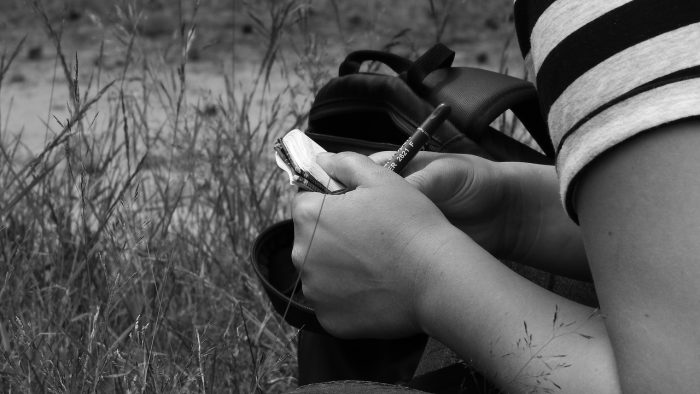
The professional freedom of Chinese journalists is constrained by the state apparatus, but not entirely quenched by it. What tactics do the journalists use in order to gain access to, and publish sensitive information? Xianwen Kuang, of Liverpool University, engaged in three months of participant observation at a Chinese newsroom and interviewed six journalists working there.
Increasing commercialization and the officials’ need for positive publicity grant journalists some leeway, Kuang writes. Still, journalists can be barred from events, sent warnings, or even ordered to be fired. In order to perform their job, journalists use both “carrot and stick”, the author notes.
For example, journalists flatter some officials in their reports in order to gain their favor. Some feel compelled to accept monetary bribes in order to seem compliant. This earns established beat reporters enough goodwill to sometimes publish also negative reports – but even then they must be mindful of the “bottom line of the authority’s tolerance”.
When journalists suspect a story will be particularly sensitive, they cooperate in order to share the risk. For example, two journalists may be sent to an event – one blends in with the crowd while the other pushes the envelope in questioning the official. If the latter one gets ejected for touching a sensitive topic, the other can continue the investigation and avoid the same pitfall.
In publishing the results of sensitive investigations, newsrooms may share information rather than hang on to an exclusive. When many news outlets publish the same, critical information, officials have harder time in focusing countermeasures. Even when journalists are fired, they may be welcomed at a different newsroom, where they continue to work under a false identity.
The article “Negotiating the boundaries of news reporting” was published by the journal MedieKultur. It is available online on the publisher’s website (open access).
Picture: Untitled by Markéta Machová, licence CC0 1.0.